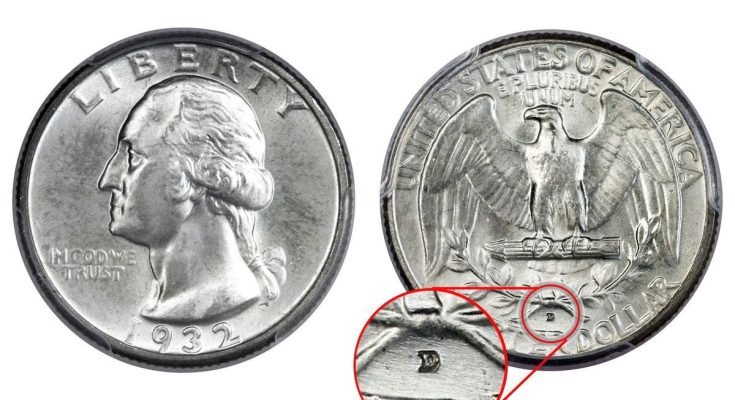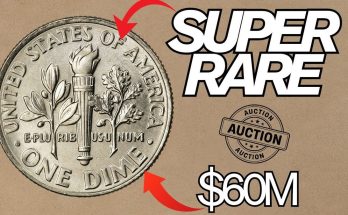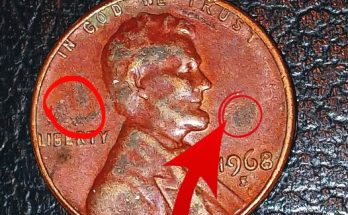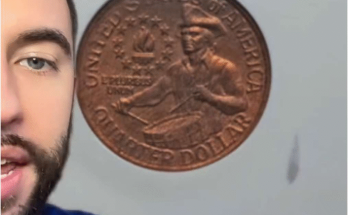Learn to Identify Valuable and Rare Washington Quarters
The Washington Quarter series, first introduced in 1932 to commemorate the 200th anniversary of George Washington’s birth, is one of the most widely recognized U.S. coins. While millions of these coins are worth only face value, certain years, mint marks, and production errors can make a single quarter worth hundreds, thousands, or even over $100,000 in top-tier condition. Learning what to look for can turn a handful of pocket change into a surprising financial find.
The Two Categories of Valuable Quarters
The value of Washington Quarters generally falls into two major categories: Silver Quarters and Key Dates/Error Varieties.
1. The Silver Quarters (1932-1964)
The easiest quarters to identify for a premium are the 90% silver issues. Due to the high price of silver, any Washington Quarter struck between 1932 and 1964 is worth significantly more than 25 cents, regardless of wear.
- Composition: These coins are made of 90% silver and 10% copper, containing 0.18084 troy ounces of silver.
- The Difference: The easiest way to spot them is by the date. After 1964, the U.S. Mint transitioned to a copper-nickel clad composition (the current coinage), eliminating the precious metal content.
- Minimum Value: Even a well-worn silver quarter typically sells for its intrinsic silver melt value, which is usually over $7.00, but often more depending on the market.
2. The Key Dates and Conditional Rarities
The true fortunes in the Washington Quarter series come from a combination of low mintage figures (key dates) and spectacular mint errors.
A. The Key Dates (Low Mintage)
The absolute kings of the Washington Quarter series were minted during the Great Depression, when economic turmoil dramatically reduced coin production.
- 1932-D Washington Quarter: This is the undisputed “Crown Jewel” of the series. The Denver Mint produced only 436,800 of these coins, the second-lowest mintage in the entire series.
- Value: Even in heavily worn condition, the 1932-D is worth over $75.00. An elite example in Mint State (MS-66) condition holds the series’ auction record, selling for over $143,750.
- 1932-S Washington Quarter: With the lowest regular mintage at just 408,000 coins, this San Francisco issue is also a cornerstone of the collection.
- Value: Circulated examples start around $70–$125. A top-graded (MS-66) example has sold for $45,500.
B. Valuable Minting Errors and Varieties
Minting errors, where the coin is struck incorrectly, can turn a common date into a rare treasure.
- Doubled Die Obverse (DDO) Quarters: This error results in a clear doubling of the design elements, usually visible on the date, the motto “IN GOD WE TRUST,” or the word “LIBERTY”. Highly sought-after examples include:
- 1937 DDO: Shows heavy doubling, especially on the date. Prices for worn examples start around $500.
- 1943 DDO: Shows doubling on the date, “LIBERTY,” and the motto. A worn example can be worth thousands.
- Transitional Errors: These occur when a coin from one composition era is struck on the blank planchet intended for the other.
- 1965 Struck on 90% Silver Planchet: During the switch from silver to clad coinage, a few 1965-dated quarters were accidentally struck on the leftover 90% silver blanks. These rare “mules” are highly valuable, selling for thousands of dollars.
C. Conditional Rarities (Modern Coins)
Even modern, copper-nickel clad quarters can be valuable if they survived in exceptionally high, uncirculated condition, known as “conditional rarity.”
- 1982-P and 1983-P Washington Quarters: The U.S. Mint did not issue regular Mint Sets in 1982 and 1983, meaning almost all of these quarters went straight into circulation. Finding an example in pristine, Mint State condition (MS-67 or higher) is incredibly difficult, pushing their value into the thousands of dollars.
In conclusion, the Washington Quarter offers diverse value beyond its face amount. The fundamental rule for all collectors is: always check the date (1932-1964 means silver) and the mint mark (look for “D” and “S” in 1932). Beyond that, a keen eye for distinct errors—such as doubled lettering or a wrong-metal composition—is the key to unlocking the true potential of this classic American coin.



